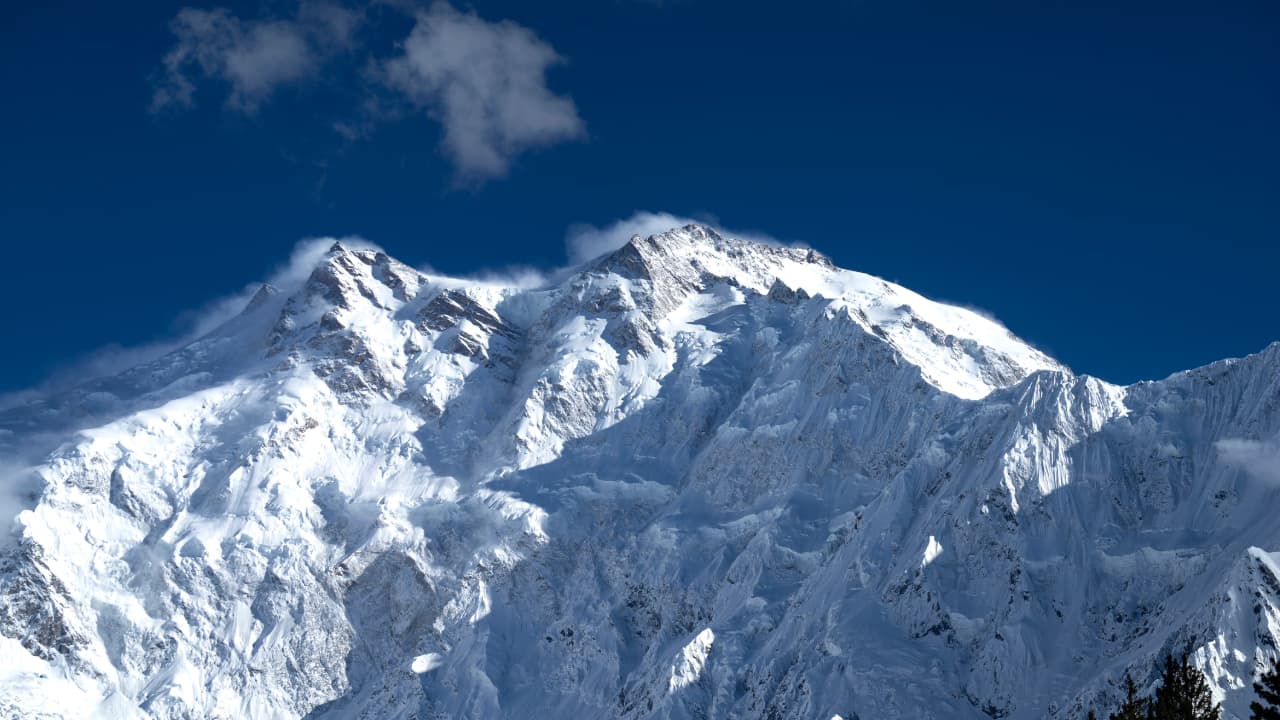Glaciers have been cooling surrounding air through katabatic winds, resisting rising global temperatures. However, a new study warns this effect will peak by the 2040s, after which glaciers will warm faster and lose their cooling power.
Glaciers have been doing more than just sitting quietly on mountaintops, they’ve been cooling the air around them in a final effort to fight the effects of global warming. However, a recent study suggests that this cooling effect may not last much longer. Researchers from the Institute of Science and Technology Austria (ISTA) have found that glaciers will soon reach the peak of their cooling ability.
Their research, published in Nature Climate Change, uses a large dataset of glacier information from around the world.
Glaciers Creating Their Own Cool Air
In August 2022, scientist Thomas Shaw stood on the Glacier de Corbassière in the Swiss Alps. It was a beautiful summer day with clear blue skies and a comfortable 17°C, but Shaw was 2,600 metres up, surrounded by ice, collecting data on glacier temperatures.
While global air temperatures have been rising, glaciers have been doing something unusual. Many of them, especially the large ones in the Himalayas, have been sending cold winds down their slopes. This phenomenon is called katabatic wind, where cold air flows down from the glacier surface.
It’s almost as if the glaciers are cooling their surroundings, creating a protective layer of cooler air. But scientists warn this effect is temporary.
Cooling Power Nears Its Limit
Shaw and his team examined data from 350 weather stations on 62 glaciers around the world. These stations have been tracking temperature changes for years. The researchers focused on the difference between the temperature on the glacier surface and the air just above it.
They call this “decoupling” because the glacier surface stays cooler than expected, even as the surrounding air warms. On average, the study found that for every 1°C increase in outside temperature, the glacier’s surface warmed by only 0.83°C. This shows that glaciers have been resisting warming, up to a point.
However, by using models to predict the future, the team discovered that this cooling effect will peak sometime between the 2020s and 2040s.
After that, glaciers will begin to lose mass more quickly, thin out, and lose their ability to stay cool. Their surface temperatures will start to match the warming air, which will dramatically speed up melting.
Is There Time to Prepare?
Shaw says that knowing the self-cooling effect will continue for a little while longer gives us valuable time to better plan for managing water supplies from glaciers, especially in regions that depend heavily on glacier meltwater. But glacier loss is unavoidable. Even with efforts to slow climate change, many of the world’s mountain glaciers are already too far gone to be saved.
A Call for Global Action
The researchers urge policymakers to focus on long-term, meaningful action to cut greenhouse gas emissions, rather than on short-term fixes like covering glaciers with reflective blankets or seeding clouds to create snow.
Even though glaciers will eventually recouple to the warming climate and melt faster, every small effort to reduce emissions can still make a difference.
